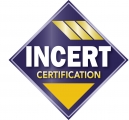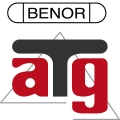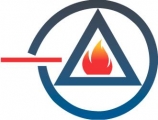ANPI inspects, checks, approves and periodically tests sprinkler extinguishing systems.
Sprinkler systems (automatic water-based extinguishing systems) are fixed systems which use water as a firefighting method.
They are designed to automatically detect a fire as soon as it breaks out and, depending on the type of sprinkler used, to control and confine it (Control Mode) or to extinguish it (Suppression/Extinguishing Mode). These systems are composed of a calculated pipe network which spans the entire building, on which sprinkler heads are mounted at prescribed distances and on certain surfaces. When not in use, the pipe lines located downstream from the alarm station are filled either with water, pressurized air, or inert gas. The control station is connected to one or more appropriate and reliable water sources via a supply duct.
Sprinkler systems are classified as follows:
- wet pipe systems,
- dry pipe systems,
- alternative systems,
- pre-action systems,
- dry pipe bypass systems or alternatives.
What are your responsibilities?
Once you have a sprinkler system installed, it must be checked twice a year by ANPI. Before its commissioning, its plans and calculation notes must be approved and acceptance testing must be conducted. Standards also call for a regular check of water supply flow rate/pressure, as well as an extensive inspection every 15 or 25 years, or even an analysis of microbiologically-influenced corrosion (MIC). These checks require special techniques, which help to guarantee the reliability of the systems (degree of corrosion, obstructions, etc.). These standardised systems also undergo a full on-site inspection programme, supplemented by laboratory tests.






